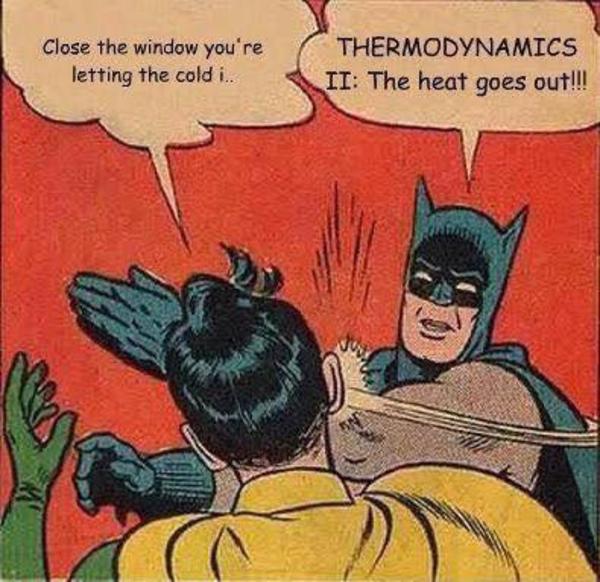LEARNING OBJECTIVES
- Relate observations regarding the addition of energy by warming to increased particle motion.
- Describe the characteristics of solids, liquids and gases in terms of particles and their.
- Arrangement: use particle diagrams to account for motion and density differences; describe the process of how the arrangement of matter particles changes during phase changes.
- Attraction: infer the necessity of an attractive force between particles at close range from observations of differences in cohesiveness of the three phases;
- Behavior: describe and contrast particle motion in the three phases singly, and during phase changes.
- Recognize energy as a conserved, substance-like quantity that is always involved when a system undergoes change.
- Recognize that energy is stored in an object or system in several ways; for now we restrict our discussion to:
- Thermal – due to the motion of the particles. The thermal energy depends on the mass and the velocity of the particles. The temperature of a system is a measure of its thermal energy.
- Phase – due to the arrangement of the particles in solid, liquid and gaseous phases. Attractions lower the energy of a system; therefore, solids have the lowest phase energy because the particles are bound most tightly, liquids have greater energy because they have more freedom of motion, and gases have the greatest amount of energy because the particles have overcome the attractions that hold solids and liquids together.
- Describe the ways that energy is transferred between the system and the surroundings. These are:
- Heating – transfer of energy through the collisions of particles
- Working – transfer of energy when macroscopic objects exert forces on each other
- Radiating – transfer of energy by the emission or absorption of light
- Given a heating/cooling curve for a substance, identify what phase(s) is/are present in the various portions of the curve, and what the melting and freezing temperatures for the substance are.
- Given a heating/cooling curve for a substance, identify which energy storage mode is changing for the various portions of the curve.
- Given a situation in which a substance at a given temperature undergoes a change (in temperature, phase or both), sketch a heating/cooling curve that represents the situation.
- State the physical meaning of the heat of fusion (Hf) and heat of vaporization (Hv) for a given substance and use these factors to relate the mass of a substance to the energy absorbed or released during a phase change (at the melting or boiling temperature).
- State the physical meaning of the heat capacity (c) of a substance and use this factor to relate the mass and temperature changes to the energy absorbed or released during a change in temperature (with no phase change).
NOTES
VIDEO
Entropy
Crash Course: Calorimetry
Calorimetry Problems
Specific Heat & Heat of Fusion
Heat Capacity, Specific Heat, and Calorimetry
Heating & Cooling Curves
Q=mCAT
Q=mH
SIMULATIONS
Gizmo: Calorimetry Lab
Gizmo: Energy Conversion in a System
C-K12 Heating Curves
WEBSITES
ACS Articles Related to Thermochemistry
C-K12 Specific Heat & Phase Changes

